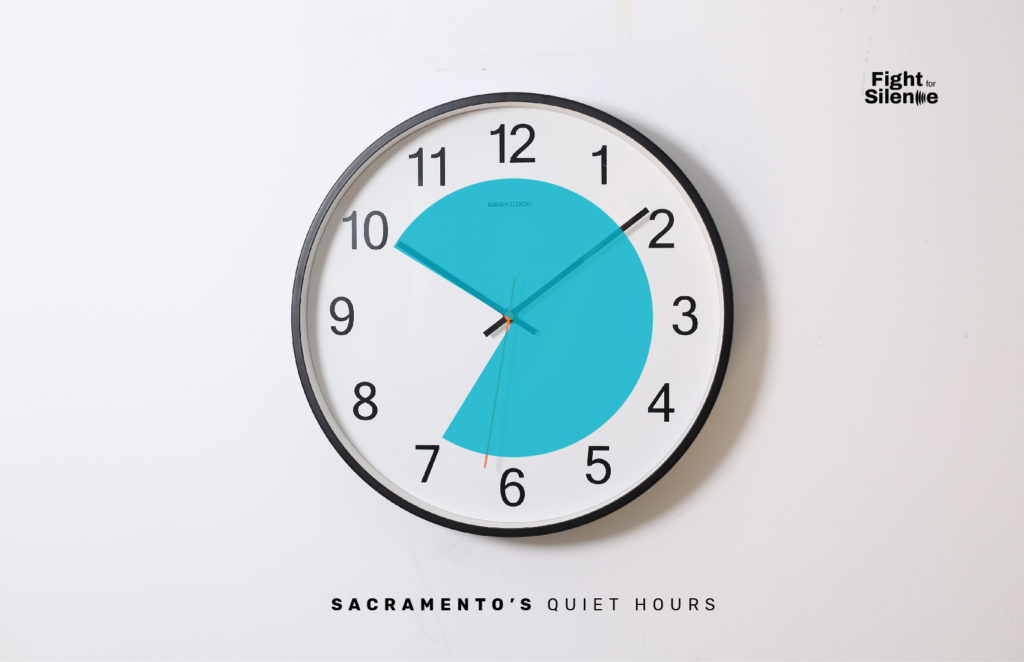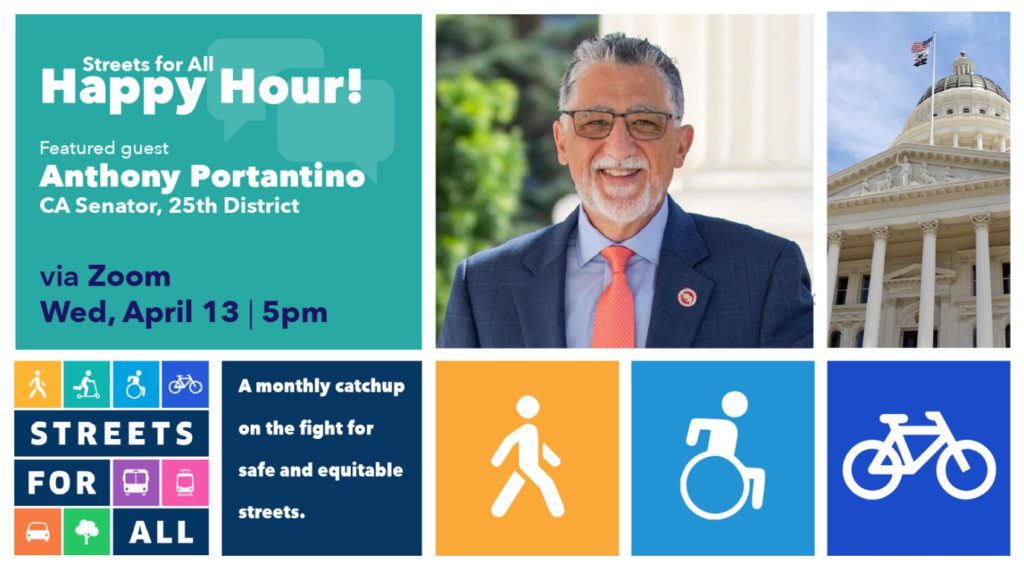
How to file a noise complaint in Sacramento
The city of Sacramento is one of the largest in California. It is also the home of the State’s Government, and whether or not that has something to do with it, the truth is Sacramento has a strong Code addressing issues related to different types of environmental pollution, including noise pollution.
Sacramento is spread over a vast area and there is no doubt that it can be loud. Noise might come from different sources, including traffic, take-offs, landings and fly-overs from one of its 3 airports, events, sirens, etc. That being said, the majority of complaints are about barking dogs or late-night loud parties.
Initially, the first-ever need for a Noise-control Program was felt by the Sacramento County Board of Supervisors, who passed the first Noise Ordinance to curb the noise pollution created by Mechanical Equipment in 1970.

Sacramento’s current program to curb Noise Pollution
The Noise Element for the Sacramento County General Plan was passed by the Board that runs with the sole goal of providing an environment that is free from unnecessary noise, thereby improving the Life Quality Code.
A noise section has been added to the Environmental Health Branch of the Sacramento County Health Department. This section is responsible for addressing almost all types of noise complaints, including those regarding livestock noises in the countryside regions and also mechanical noises from industrial units. The Department is popular for being able to resolve all disputes without the need for legal action.
Agencies responding to noise complaints include the Environmental Management Department, the Sheriff’s Department and the Department of Animal Care and Services.
Noise Regulations and Ordinances in Sacramento
To put it in simple terms, Sacramento’s noise regulation can be understood as the following:
Chapter 8 of the City Code in Sacramento. California uses a basic standard to determine whether a noise violates the General Noise Regulations. The standard checks the difference between the sound level from the objectionable noise and the pre-existing ambient noise, the proximity of residential buildings, zone area, the density of the population, time of the day, and whether the sound is continuing or recurring, amongst other factors.
Noises that can be considered unlawful include, but are not limited to:
- Motor noises
- Horns and Signalling devices.
- Yelling and Shouting
- Pile drivers
- Tools
- Blowers
- Exhausts
- Loading, unloading
- Drums
- Transportation on rails
- Animals, Birds, fowls
- Noise from radios, record players, or any other audible audio equipment, tv
Quiet hours in Sacramento

These and other noises must be kept to a minimum and under the maximum allowed during quiet hours, which are:
- Day-time: 7:00 AM to 10:00 PM : 55 dBa
- Night-time: 10:00 PM to 7:00 AM: 50 dBa
These noise limits can be adjusted in case exemptions are allowed.
How is noise measured by the Sacramento ordinance?
Noise measurements will be taken from any point on the property of the affected receiver, with at least four (4) feet distance between the device and the floor or walls of the said property.
How to file a noise complaint in Sacramento
How to complain about a noisy neighbor
Noisy neighbors are one of the most common causes of noise complaints across the country. Whether your neighbor is a music enthusiast, likes to through parties late at night, or takes his/her DIY projects too far, coexistence between neighbors can sometimes be complicated.
According to the Sacramento County Code, maintenance of a residential property can only be done between 6:00 AM to 8:00 PM, on weekdays and 7:00 AM to 8:00 PM on the weekends.
There is no specific time limit for “parties”, which means the default quiet hours mentioned in the above sections are the best guide we have in these cases.
If you find yourself in one of these situations, or any other regarding your immediate or nearby neighbors, you can raise a complaint through the non-emergency number (916) 808-5471.
The only exception to this is if your neighbor is actually a short-term rental listed on Airbnb. If that is the case we recommend that you contact Airbnb directly about your noise complaint. They’ll be able to reach out to both guests and host, probably quicker than law enforcement, and ask them to bring the volume down or face some fines (after all, they do have their credit cards!).
Does the landlord have any responsibilities?
The tenants have a right to a quiet and peaceful environment. They have the right to complain about the other noisy tenants straight to the police, their landlord, or both. The landlords are duty-bound to assure that the noise-making tenant does not interfere with the rights of the other tenants and ceases the violation of noise regulations. The Landlord may consider legal remedy of civil action against public nuisance against such tenants.
If a landlord fails to fulfill his duty to provide a quiet environment for his tenant, the affected tenant may terminate his lease and also sue for damages.
Noise from construction sites?
The General Noise Ordinance in the city categorizes the noise from construction sites as a nuisance and therefore places restrictions on any construction work to be done between 10:00 PM to 7:00 AM.
However, if some nuisance is created at any construction site, a complaint can be made by calling 311 if it is within city limits, or (916) 264-5011 if it is outside.
The City Code Compliance department investigates said complaints and monitors the sound levels in case the site is industrial or commercial in nature.
If the compliance department determines that an industry is exceeding the allowed noise levels, said industrial unit will be given a one-year time period to bring the premises in compliance with the Noise regulations as mentioned in the City Code.
Noise from barking dogs
Noise complaints from barking dogs or other pet animals are handled on a case-by-case basis, as the Animal Care Services and other animal protection associations usually get involved to assess the situation.
Sometimes, talking to the pet owners really help in resolving the issue. In case it doesn’t though, a complaint against the pet’s owner can be made by calling 311.
It usually takes Animal Care Services 3-5 business days to respond to a complaint and begin the investigation.
Keep in mind though, that when animals are kept in areas that are legally permissible, for example, veterinary hospitals, shelters, societies etc. any noise emanating from these places is not considered a violation of the General noise regulations.
Noise around schools, hospitals and churches?
No person is allowed to create noise around a school, Hospital or a Church. If any noise is 10 dBa greater than the pre-existing ambient noise level (55 dBa during the day and 50 dBa during the night), it shall be considered unlawful.
Noise from cars, automobiles?
Cars create noise in a number of ways. It’s not only traffic, but also unnecessary horning, back-up beepers, alarms and more. Sacramento’s noise ordinance takes this into account. For example, a police officer is authorized to remove a vehicle that has an alarm system activated for 20 minutes after the arrival of the said policeman.
If you need to file a noise complaint regarding vehicle noise you may contact the Sheriff’s department’s dispatch number: (916) 874-5115

Street For All, a Non-Profit Organization, assisted Senator Portantino to put forward a Bill to Curb Noise Pollution by using sound-active devices. The device helps identify vehicles with exhaust noise that exceeds the legal limit of 95 dBa. Bill SB 1079 was passed by the Senate. It seems to be an effective way to ensure that the regulations in place for curbing noise pollution are upheld by offering constant monitoring and enforcement. SB 1079 goes a long way in helping to increase the quality of life of California’s citizens.
Law enforcement responses to noise complaints
Once a noise complaint is raised by a person against elevated noise levels in the community, police or a health officer investigates the case. If the noise levels exceed the established noise standards, the officer issues a warning to the violator in the form of a written notice that must include the dBa readings of the noise that were noted, the time and place of the violation. If the violator does not take the required corrective action within the stipulated time, he/she shall be liable to be convicted under a misdemeanor.
The code requires that no criminal complaint shall be filed for violation of General Noise Regulations, unless a warning is given to the violator.
Every 15-minute violation of the regulations constitutes as a separate offense and the penalty for such violations goes up to $1000.
Could noise turn into a criminal case?
Another point of solace against noise pollution is the remedy available under Penal code. Section 415 of the California Penal Code, states that it is illegal for any resident to create loud unreasonable noises and cause disturbance in the neighborhood. This Penalty may comprise of 90 days in prison, a maximum fine of $400, or both.
There is a very popular case in the state of California, where an old lady approached the Small Claims Court complaining about the noise from her neighbor’s house. The neighbor was responsible for the care of her nephews, something which, according to the demanding part, she did not do, or did very poorly. At first, the court was under the impression that the old lady was frail and lacked patience owing to her age and might just be cranky! However, the old lady played a tape for the court where the judge could hear screaming, crashing, and various other obnoxious noises. The old lady had to suffer through those noises “Every weekday, all day”. The judge ruled in her favor and exclaimed that children without control are animals! He ordered both parties to return if the nuisance was not put to a stop.
Conclusion
One of the benefits of the General Noise Regulations mentioned in the City Code is that they are an “Added Remedy” to the pre-existing civil and penal remedies against noise pollution owing to public Nuisance. Sacramento County, has decided to update its Noise Program every 3 years so as to adapt to the societal conditions present at any given moment.
Sacramento County has been a successful model for the implementation of noise control programs. A tremendous amount of planning has gone into it, but it’s also important to highlight how effective the community is in resolving issues amicably.
Most Noise control disputes are resolved by talking or finding a middle ground for both parties. A notable example was labor day 1976, when a rock band was playing in the Hughes Stadium. The stadium officials needed to earn revenue, and the rock band wanted to play for their fans, but the residents surrounding the stadium wanted to sleep in peace. That day, a few adjustments were made to the sound system in the stadium, speakers were shifted, and noise limits were set so that the sound that reached the building across the street was minimized considerably. The show went on!
